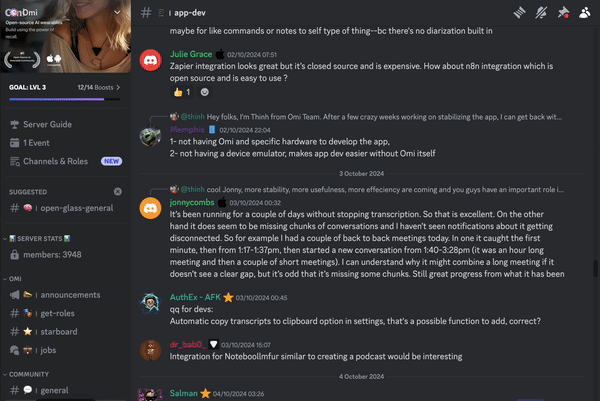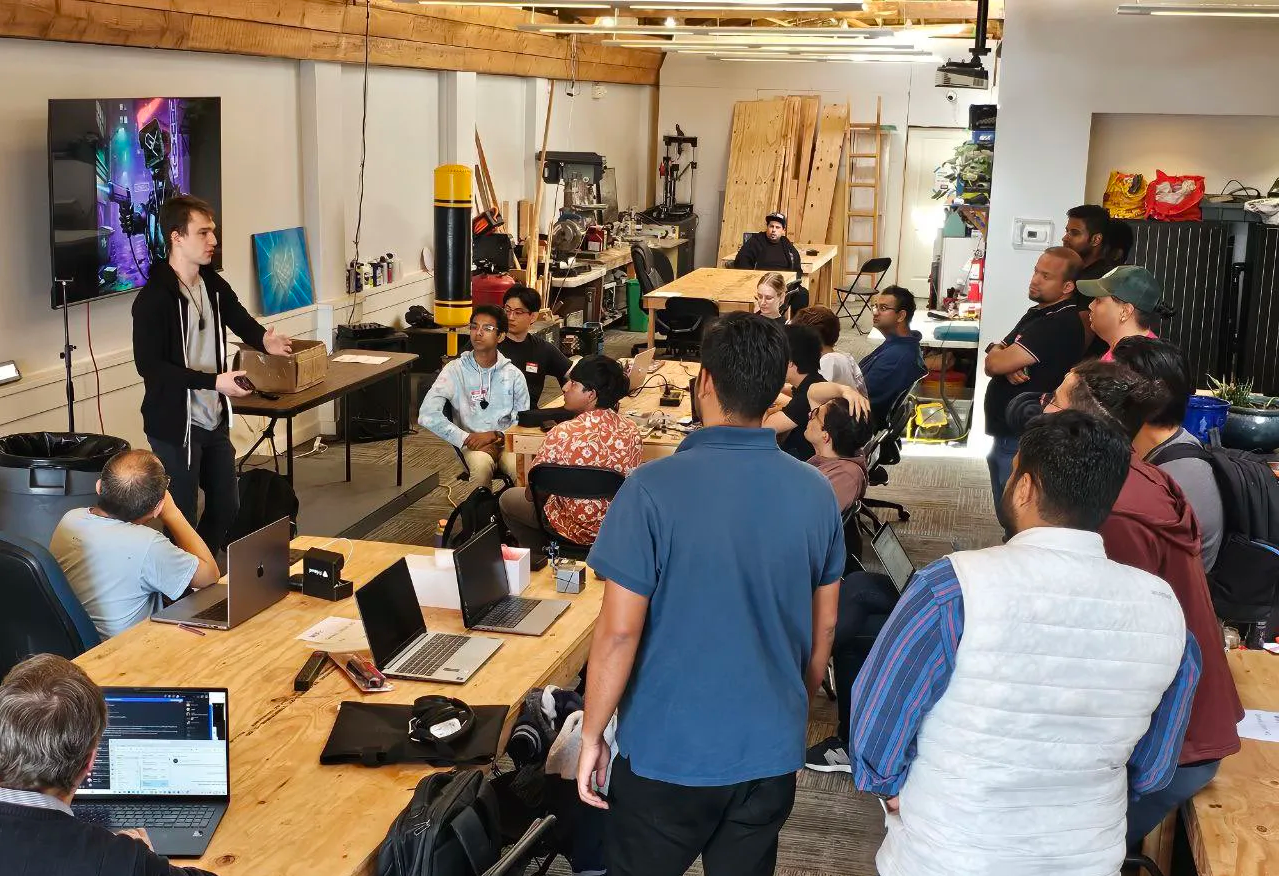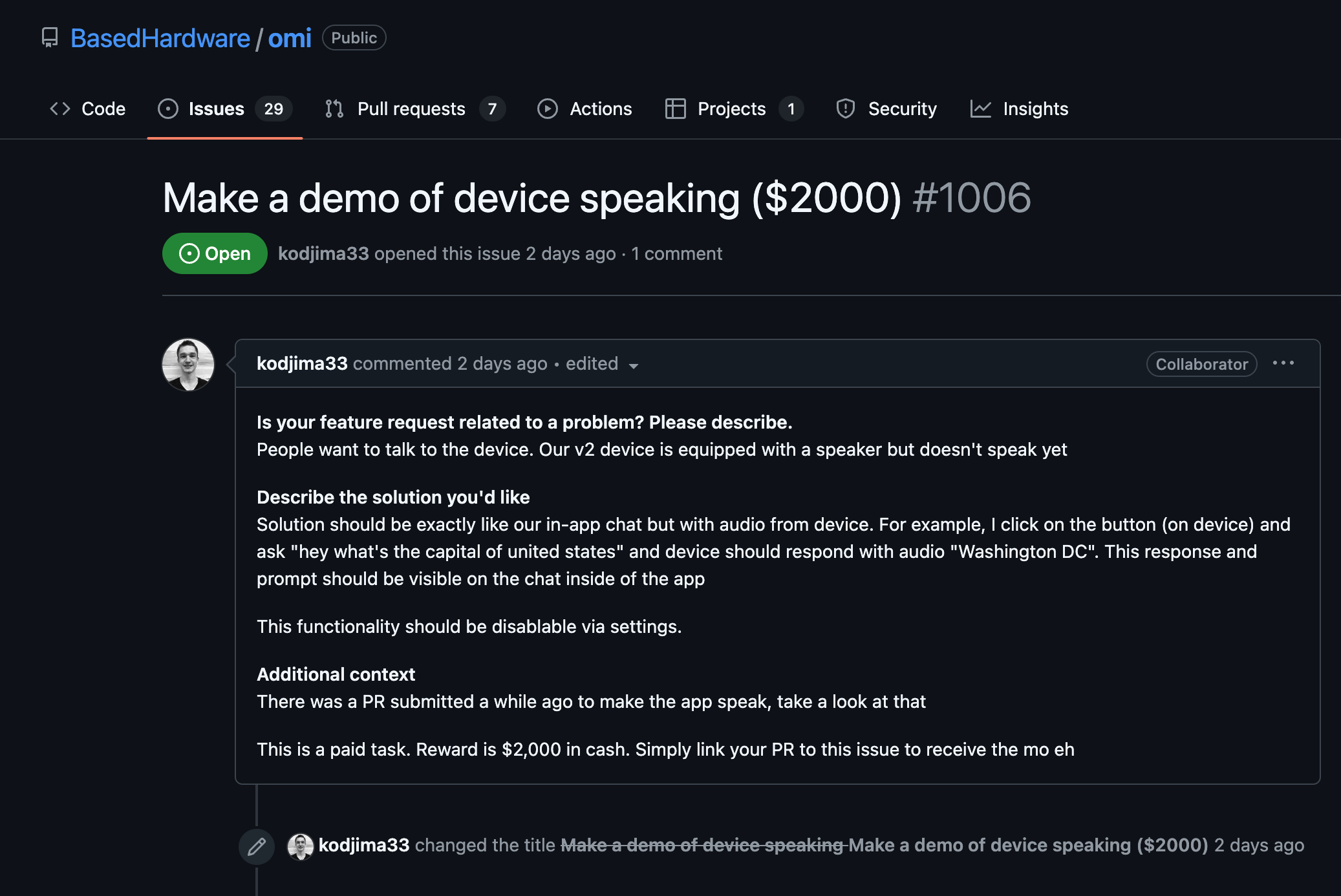Configure Twitter API Access
- First, ensure you have your Twitter Developer account set up and have your Consumer Key, Consumer Secret, Access Token, and Access Token Secret handy from the Twitter Developer portal.
- Ensure your Twitter Developer account has access to the account activity API. This often requires applying for Elevated or Academic Research access, depending on your needs.
Set Up Your Java Environment
- Ensure you have a Java development environment set up. This includes the Java Development Kit (JDK) and a suitable Integrated Development Environment (IDE) like Eclipse or IntelliJ.
- Use Maven or Gradle to manage your project dependencies. This helps in importing libraries such as Twitter4J—a popular library for working with the Twitter API in Java.
- Update your `pom.xml` file if you're using Maven:
<dependency>
<groupId>org.twitter4j</groupId>
<artifactId>twitter4j-core</artifactId>
<version>4.0.7</version>
</dependency>
Authenticate Using Twitter4J
- Configure your Twitter4J properties to authenticate API requests. Here you can use the `twitter4j.properties` file or set the configuration programmatically in your Java code.
import twitter4j.Twitter;
import twitter4j.TwitterFactory;
import twitter4j.conf.ConfigurationBuilder;
ConfigurationBuilder cb = new ConfigurationBuilder();
cb.setDebugEnabled(true)
.setOAuthConsumerKey("yourConsumerKey")
.setOAuthConsumerSecret("yourConsumerSecret")
.setOAuthAccessToken("yourAccessToken")
.setOAuthAccessTokenSecret("yourAccessTokenSecret");
TwitterFactory tf = new TwitterFactory(cb.build());
Twitter twitter = tf.getInstance();
Interact with the Account Activity API
- Twitter doesn't provide direct Account Activity API endpoints access via Twitter4J. You'll need to interact with webhooks for Account Activity API.
- Register a webhook URL. This URL must accept `POST` requests from Twitter with incoming events.
- Use the Twitter API to subscribe and register for user updates. Write code to handle incoming activities, like mentions or DMs.
// Example pseudocode for interacting with webhooks
public void handleIncomingEvent(JSONObject event) {
// Handle different types of events, e.g., mentions, tweets, etc.
if(event.has("friends")){
// Handle event
}
}
Setting Up Environment for Webhooks
- Set up a server using Java frameworks like Spring Boot or plain Servlets to capture webhook events.
- Secure the webhook with a CRC (Challenge-Response Check) mechanism provided by Twitter by responding to CRC requests appropriately.
// Example pseudocode for CRC
public String handleCrcRequest(String crcToken) {
// Generate SHA-256 response using your consumer secret
Mac sha256_HMAC = Mac.getInstance("HmacSHA256");
SecretKeySpec secret_key = new SecretKeySpec("yourConsumerSecret".getBytes("UTF-8"), "HmacSHA256");
sha256_HMAC.init(secret_key);
String result = new String(Base64.getEncoder().encode(sha256_HMAC.doFinal(crcToken.getBytes("UTF-8"))));
return result;
}
Test Your Application
- Use tools like Postman or ngrok to test your webhooks and ensure they are capturing Twitter events correctly. This involves forwarding requests to your localhost or validating the webhook URL through Twitter Developer Portal.
ngrok http 8080
























